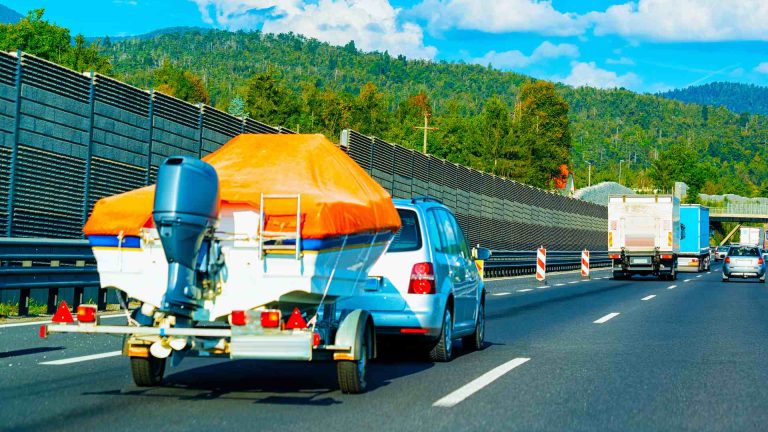4 Symptoms to Detect a Bad Reed Valve on Outboard
Reed valves play a crucial role in the efficient operation of your outboard engine. These thin, flexible petals open and close with each intake stroke, allowing fuel and air into the engine and preventing backflow. However, like any other component, reed valves can wear out or become damaged, leading to performance issues.
Here’s how to recognize the telltale signs of bad reed valves:
1. Engine Performance:
- Loss of Power: This is one of the most noticeable symptoms. A damaged reed valve can cause a significant drop in power, especially at lower RPMs. You may experience sluggish acceleration and difficulty reaching top speeds.
- Rough Idle: A bad reed valve can lead to an erratic or rough idle. This is because the inconsistent flow of fuel and air can cause the engine to misfire.
- Backfiring: This occurs when the fuel-air mixture ignites in the intake manifold instead of the combustion chamber. Backfiring can be accompanied by loud pops or bangs and can be dangerous.
- Hesitation: You might experience hesitation or stumbling when accelerating, especially after a period of idling. This is due to the engine struggling to receive the proper amount of fuel and air.
2. Engine Sounds:
- Unusual Noises: Listen for unusual noises coming from the engine, such as flapping or buzzing sounds. These sounds can indicate that the reed valves are damaged or not sealing properly.
- Leaking Fuel: If you notice fuel dripping from the carburetor or air intake, it could be a sign of a damaged or malfunctioning reed valve.
3. Visual Inspection:
- Discoloration: If you have access to the reed valves, you can check for signs of wear and tear, such as tears, cracks, or discoloration. The reeds should be thin, flexible, and free from damage.
- Carbon Buildup: Excessive carbon buildup on the reeds can also affect their performance. This can be caused by incomplete combustion or running the engine with a rich fuel mixture.
4. Additional Clues:
- Increased Fuel Consumption: Bad reed valves can lead to inefficient fuel combustion, resulting in higher fuel consumption.
- Difficult Starting: If your engine is suddenly difficult to start, it could be due to a problem with the reed valves.
If you experience any of these symptoms, it’s crucial to take your outboard to a qualified marine mechanic for diagnosis and repair. They will be able to inspect the reed valves and determine if they need to be replaced.
Here are some additional tips for keeping your reed valves in good condition:
- Use the recommended fuel and oil: Using the wrong fuel can damage the reed valves and other engine components.
- Perform regular maintenance: This includes cleaning the air filter, replacing the spark plugs, and checking the fuel system.
- Avoid running the engine at low RPMs for extended periods: This can cause carbon buildup on the reed valves.
- Winterize your outboard properly: This will help prevent damage from freezing temperatures.
By being aware of the symptoms of bad reed valves and taking proper care of your engine, you can help ensure its smooth operation for years to come. Remember, early detection and proper maintenance are key to preventing costly repairs and keeping your boating adventures enjoyable.
Share 4 Symptoms to Detect a Bad Reed Valve on Your Outboard with your friends and leave a comment below with your thoughts.
Read 7 Most Common Problems with Honda 50 HP Outboard until we meet in the next article.






